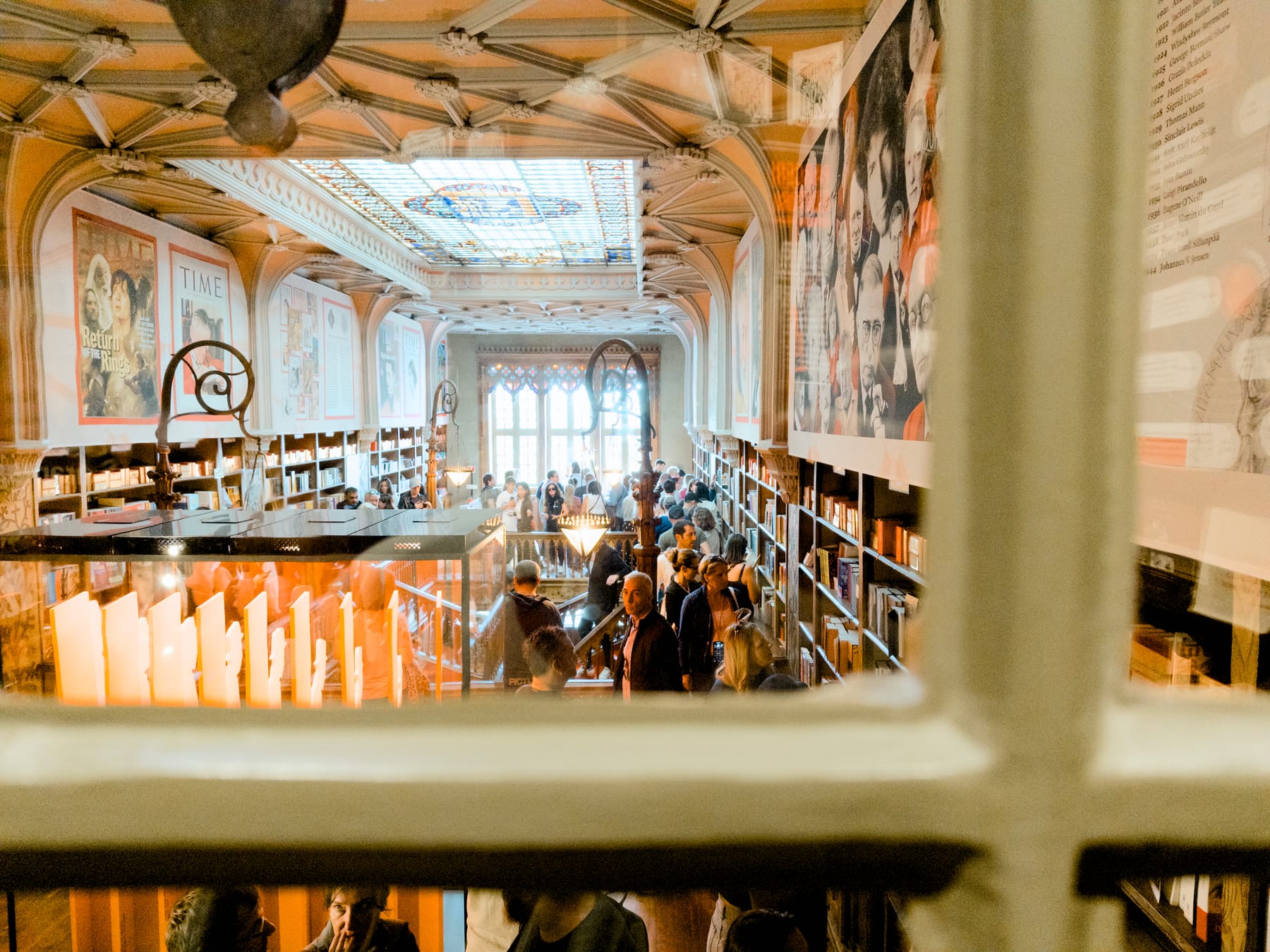
Firing the Kindle
Starting on February 26th, 2025, Amazon is removing a feature from its website allowing you to download purchased books to a computer and then copy them manually to a Kindle over USB. It’s a feature that a lot of Kindle users are probably not aware of, given books can be more easily sent to devices over Wi-Fi, but it’s especially useful for backing up purchases or converting them to other formats compatible with non-Kindle e-readers.
Andrew Liszewski, “Amazon’s killing a feature that let you download and backup Kindle books”, The Verge, 20250214.
Fuckers. (It might be illegal in most European countries, where the ability to make a private copy of copyrighted works is a right. We even pay a tax to make up for lost revenue.)
Which is to say: i’m happy to have switched to the Kobo Libra Colour a few months ago. The Kindle Paperwhite Signature Edition is a great reader, but i miss the physical page-turn buttons and the asymmetrical shape of the Kindle Oasis, which is now discontinued. Kobo has taken inspiration from Amazon, but not to the extent of abandoning physical page-turn buttons. The Libra Colour is made out of recycled and ocean-bound plastic and is fairly repairable. Its contoured shape is incredibly comfortable to hold, and the buttons are incredibly delightful to press.
The colour is practically useless. I mean, it’s nice to see covers in all their glory and to highlight text in different shades, but most books have black copy and blacker headings. The 7-inch display is too small for comics and bandes dessinées, which would benefit from the vibrant colours of the Kaleido technology, but is the perfect size for manga… which is mainly black and white. I could have gone with the slightly bigger Kobo Sage or a refurbished Kobo Libra and i would have been perfectly happy.
That being said, i’ve been pleasantly surprised by the (optional) Kobo Stylus 2. It’s weird how the simple act of scribbling on top of the text does wonders at bridging the gap between physical and digital reading. You know what makes it even better? Being able to download your books, crack their DRM as is your right, and store them on the virtual shelves of your digital library. If you can’t read it where and when you want, it’s not a book. Amazon doesn’t sell books any more. What a strange turn of events.